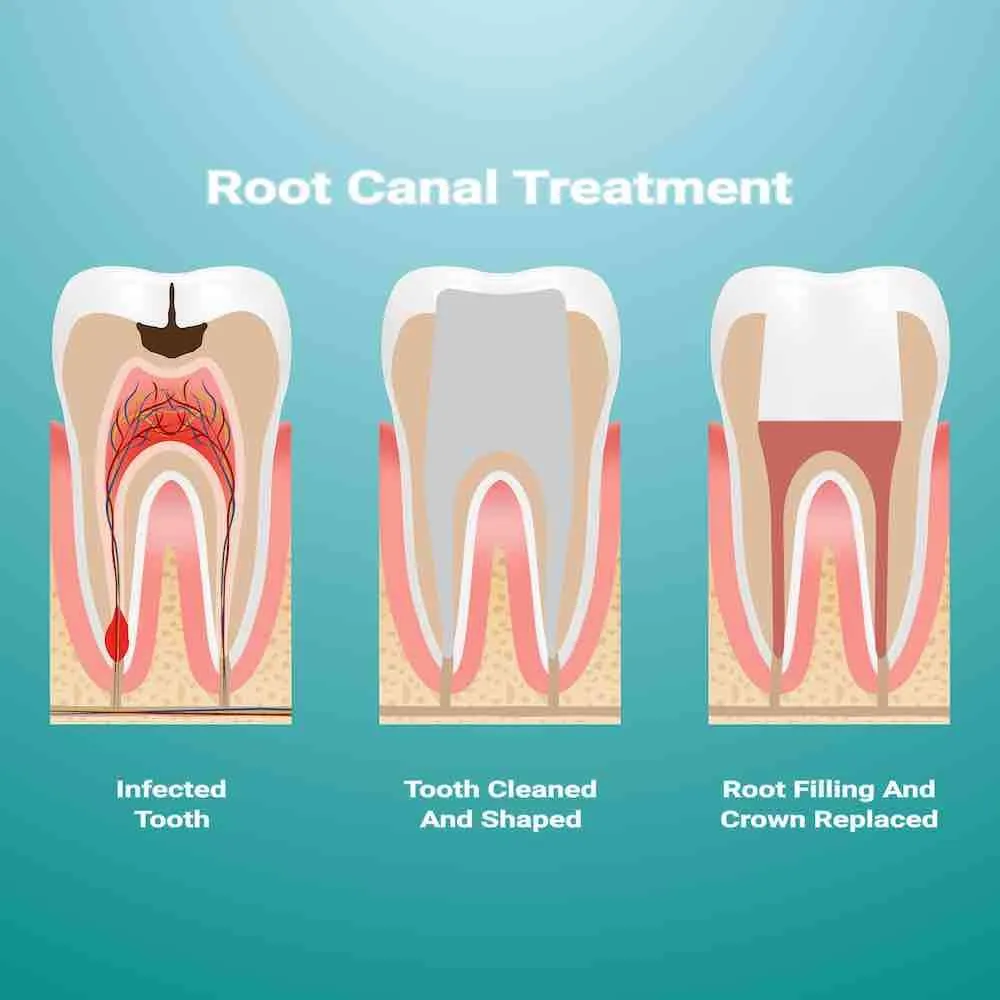When it comes to pediatric dental care, ensuring the long-term health of a child’s teeth is paramount. One of the more advanced procedures that might be necessary to preserve a child’s tooth is root canal therapy. While the idea of a root canal might seem daunting, understanding the procedure, its types, and its benefits can help alleviate concerns and highlight its importance in maintaining a child’s oral health.
What Is Pediatric Root Canal Therapy?
Pediatric root canal therapy, also known as pulpotomy or pulpectomy, is a dental procedure designed to save a tooth that has been significantly damaged by decay or injury. The therapy involves removing the infected or damaged pulp (the innermost part of the tooth) and sealing the tooth to prevent further infection. This procedure is crucial in maintaining the structure and function of a child’s natural tooth.
Types of Pediatric Root Canal Therapy
There are two primary types of pediatric root canal therapy: pulpotomy and pulpectomy. Each type is used based on the extent of the damage and infection within the tooth.
Pulpotomy
A pulpotomy is typically performed when the decay or infection has not reached the root canals of the tooth. In this procedure, the dentist removes the diseased pulp from the crown of the tooth while leaving the healthy pulp in the root canals intact. The tooth is then filled with a medicated material to maintain its health and function. Pulpotomy is often used for primary (baby) teeth to preserve the tooth until it naturally falls out and is replaced by a permanent tooth.
Key Points:
- Removes infected pulp from the crown of the tooth only
- Preserves the remaining healthy pulp
- Commonly used for primary teeth
Pulpectomy
A pulpectomy is required when the infection has spread to the root canals of the tooth. This procedure involves the complete removal of the infected pulp from both the crown and the root of the tooth. The canals are then cleaned, disinfected, and filled with a biocompatible material to prevent further infection. Pulpectomy is used for both primary and permanent teeth, especially when the tooth is severely infected and at risk of being lost prematurely.
Key Points:
- Removes all infected pulp from crown and root
- Cleans and disinfects the canals thoroughly
- Suitable for both primary and permanent teeth
Benefits of Pediatric Root Canal Therapy
Pediatric root canal therapy offers several benefits that contribute to a child’s overall oral health and well-being:
– Preservation of Natural Teeth
By saving the natural tooth, root canal therapy maintains the structure and alignment of a child’s teeth. This is essential for proper chewing, speaking, and the overall development of the jaw and facial muscles.
– Prevention of Further Infection
Removing the infected pulp and sealing the tooth helps prevent the spread of infection to adjacent teeth and surrounding tissues, reducing the risk of more severe dental issues.
– Pain Relief
Infected or damaged pulp can cause significant pain and discomfort. Root canal therapy eliminates the source of the pain, providing relief and improving a child’s quality of life.
– Avoidance of Premature Tooth Loss
Losing a primary tooth too early can lead to spacing issues and misalignment of permanent teeth. Root canal therapy helps retain the primary tooth until it is ready to be naturally replaced by a permanent tooth.
Post-Treatment Care and Considerations
After a pediatric root canal procedure, it is essential to follow proper post-treatment care to ensure successful healing and long-term benefits:
- Maintain Oral Hygiene: Encourage regular brushing and flossing to keep the treated tooth and surrounding teeth clean and free from plaque.
- Follow-Up Appointments: Regular dental check-ups are necessary to monitor the treated tooth and ensure it remains healthy.
Preserve Your Child’s Natural Teeth
Pediatric root canal therapy, whether a pulpotomy or pulpectomy, plays a crucial role in preserving a child’s natural teeth, preventing infection, and ensuring proper oral development. Understanding the types and benefits of this procedure can help parents make informed decisions about their child’s dental care. By prioritizing early intervention and following recommended post-treatment care, children can enjoy healthy, pain-free smiles that last a lifetime.



